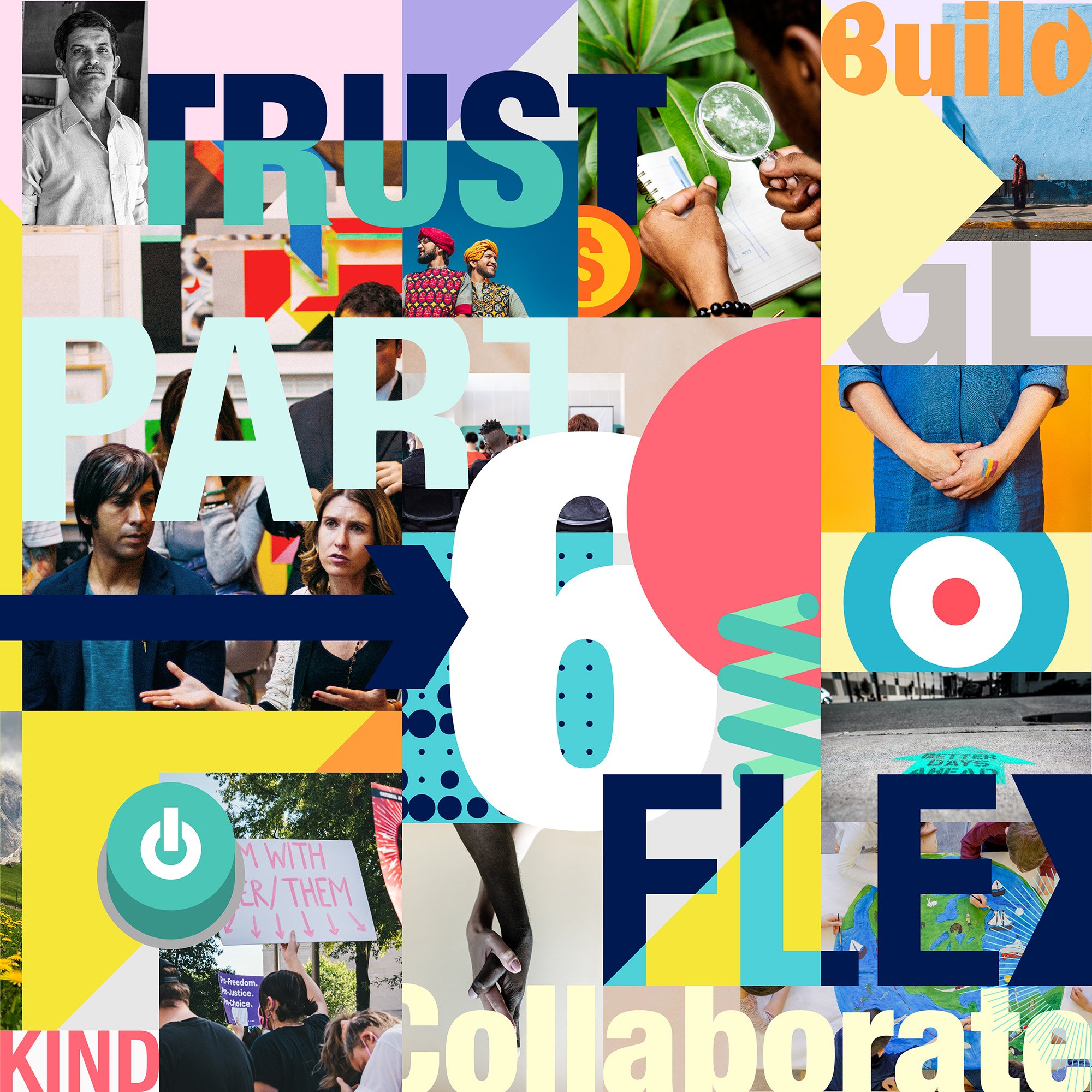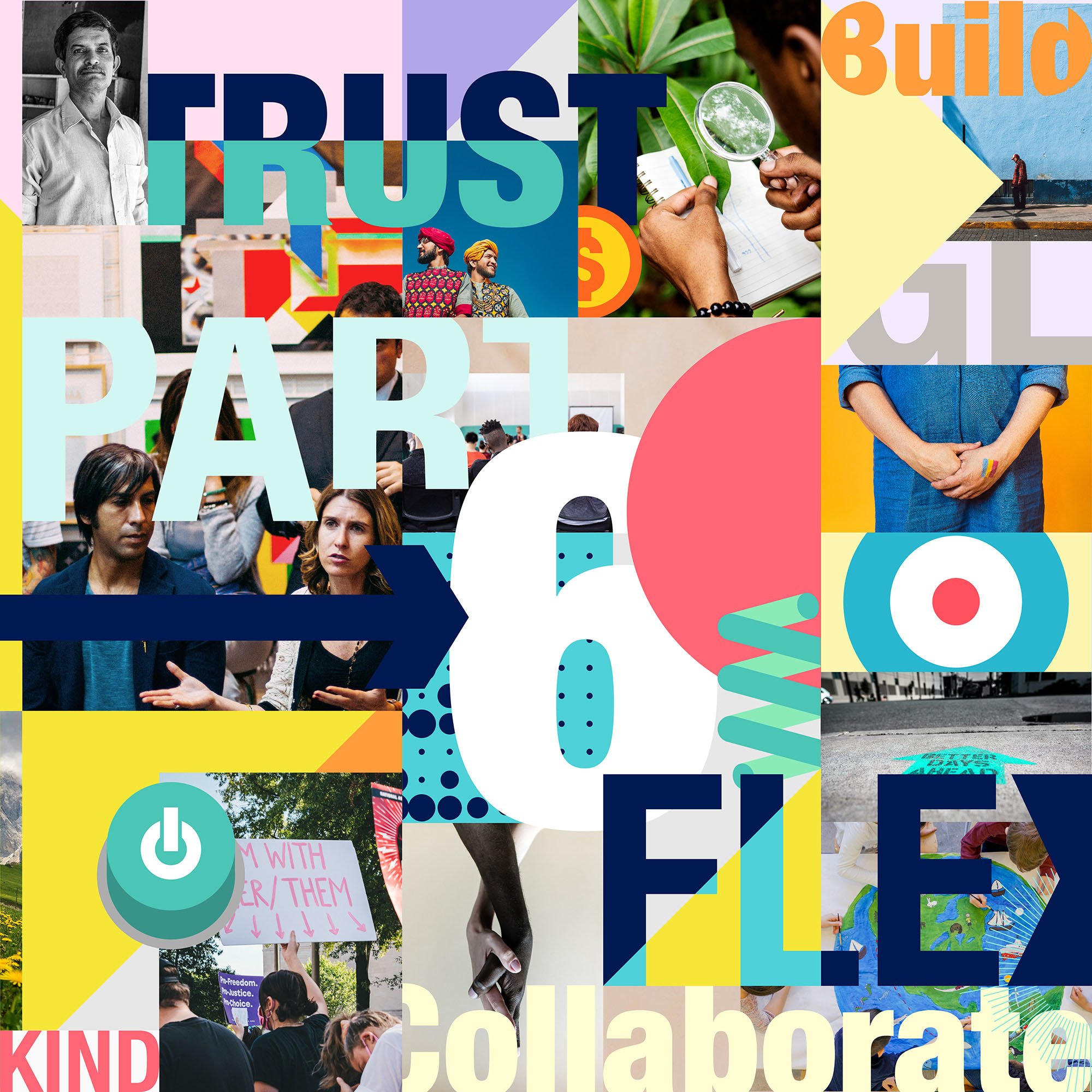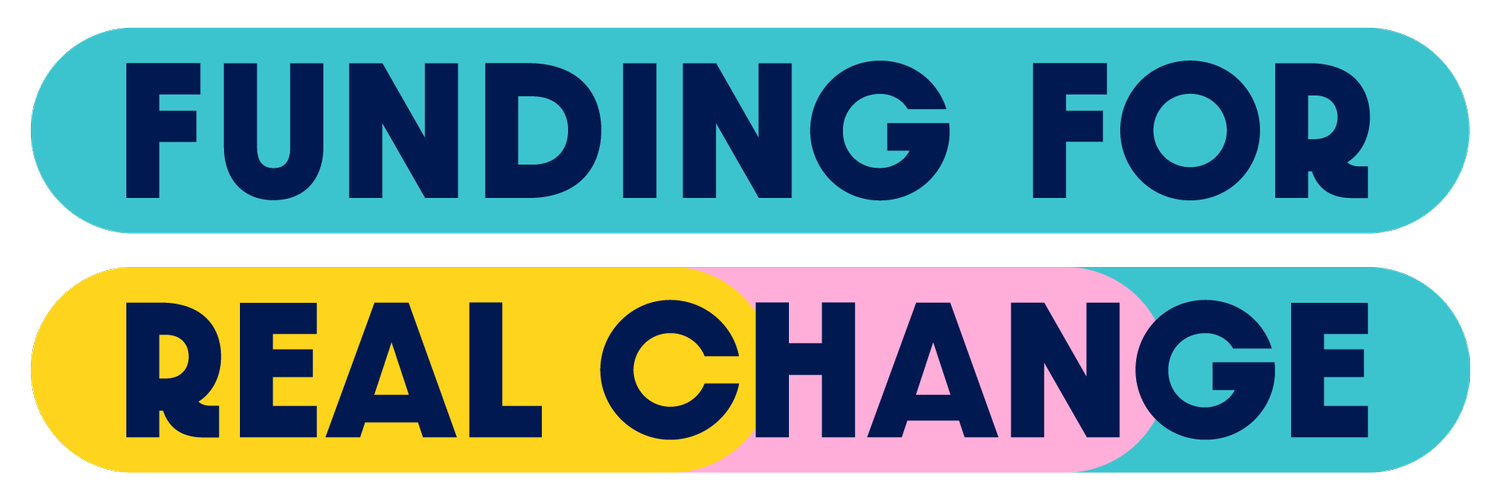We provide resources to reimagine project-restricted giving
Over the course of the pandemic, more than 60 percent of foundations loosened restrictions and lightened reporting for grants. Now is the time to normalize good grantmaking practices across the sector and to ensure that civil society organizations & social movements are not deprived of the resources they need. Project-based giving doesn’t have to put organizations in a straitjacket – it can be done in a more flexible and equitable way. Explore the range of practices on this site to see how you can create impact and strengthen organizations for the long term by building more flexibility and trust into your grantmaking.
The time is now to start your journey to fund real change!
Practices to explore
There are many ways to move towards flexible funding; here we take a look at ways to change for both immediate and long term results.
Indirect Cost Recovery
All-In Project Support
Flexible Programmatic Funding
Targeted Growth Support
Multi-Year Flexible Funding
Flexible Support

Different practices, same commitment: Moving towards full, flexible funding
This website offers a spectrum of practices and resources that vary in flexibility: starting with increasing indirect cost coverage all the way to multi-year flexible funding. We recognize that there is not one single call to action that fits all funders globally. Only you can choose what practices fit your work best.
Funding real change is funding fully & flexibly!
Despite civil society organizations and social movements being at the forefront of fighting the complex problems of our world, most of them unfortunately suffer from inadequate funding and financial instability. This is in part due to restricted funding.
-
Restricted funds do not cover organizations’ administration costs and the essential functions they require to do their work, (rent, utilities, technology support, financial audits, and staff development) nor does it allow them to invest in their own development, wellbeing and build up financial reserves and resilience against external shocks or adverse events (like COVID). At the same time, there is a stigma attached to asking for higher overhead costs.
-
High overhead costs somehow get linked to assessments of effectiveness. Due to the power imbalance between grantee partners and funders, civil society organizations and social movements are often reluctant to initiate conversations or enter negotiations revealing their real administration cost rates. This creates a vicious cycle, with organizations reporting lower administration costs than they actually incur, and funders not knowing the true costs required to deliver on their grants. It is a cycle of starvation!
-
Organizations that cannot get adequate administration cost coverage cut administration functions out of necessity which makes them ultimately inefficient. It is time to bust the overhead myth and invest in movements!
Who is behind this?
Ariadne and EDGE Funders Alliance came together to create this website in order to acknowledge that project-restricted funding will most likely continue to be the most common way of supporting grantees while also advocating for a future where multi-year flexible funding is more common.
Much of the data on this site is developed by Humentum and MilwayPLUS, facilitated by BDO FMA and resourced by Funders for Real Cost, Real Change (FRC) Collaborative and the Ford Foundation.


How this website can help you:
No matter where you are in your philanthropic journey, we hope that this website provides resources about practices that can help move your grantmaking further towards equitable and impactful practices that disrupt the nonprofit starvation cycle.












